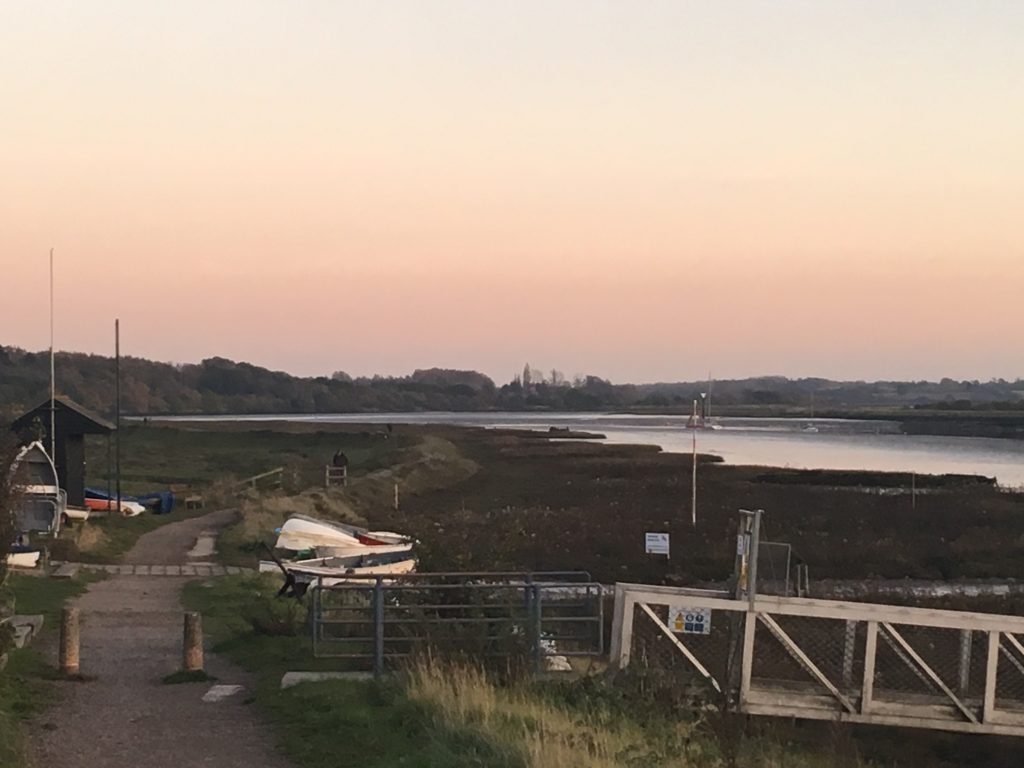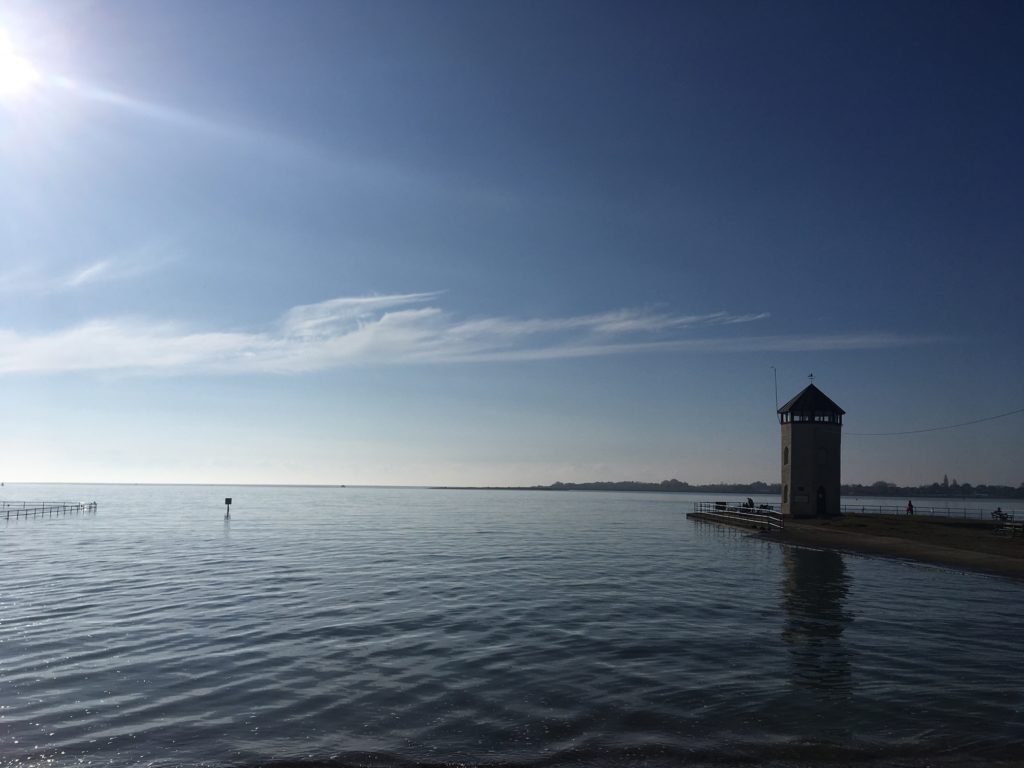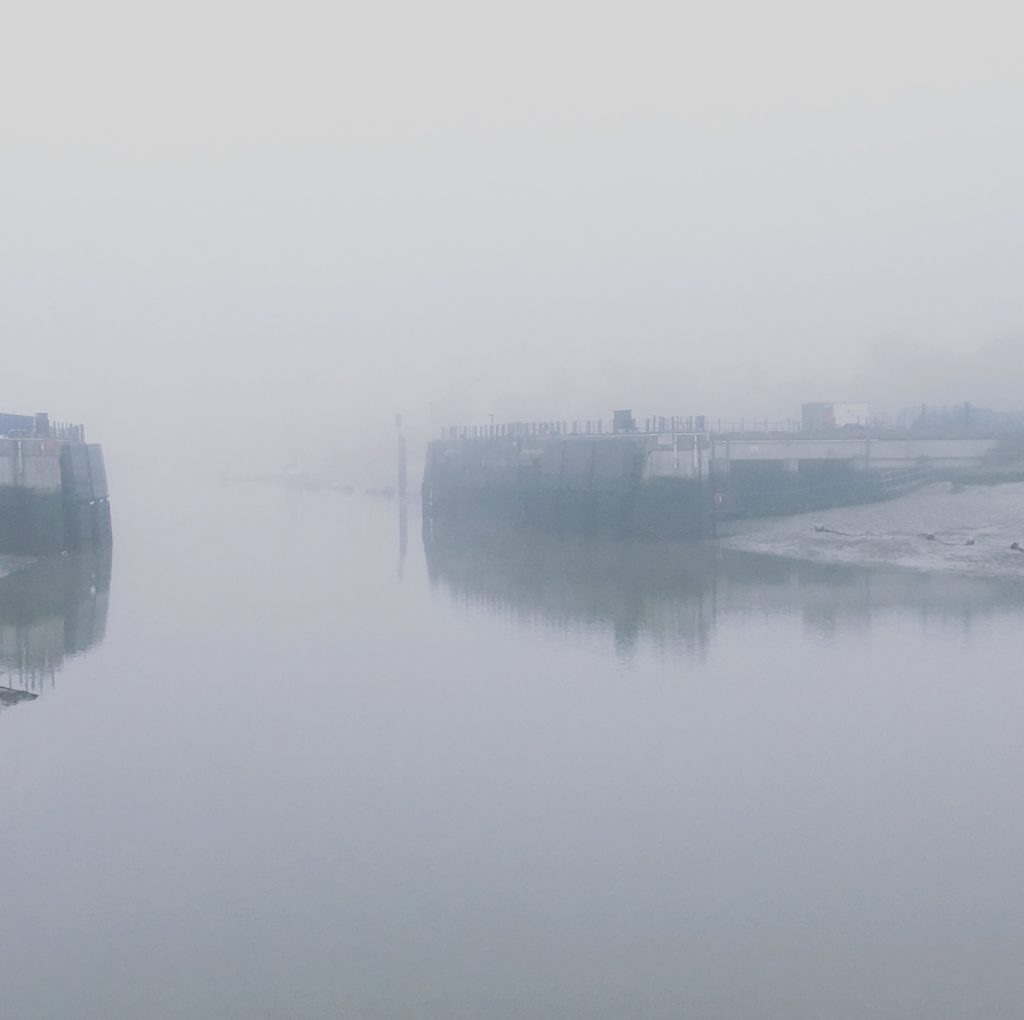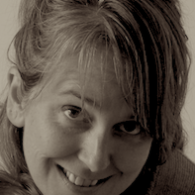Creativity at the Frontiers: Excavating the Rural
Little Boxes, a comedy film released in the spring of 2017, documents a mixed-race family moving from their former home in Brooklyn, New York to Rome, Washington, after the female character Gina wins a steady teaching job. There was a grim hilarity in seeing my life, as one part of a mixed-race family moving from London to rural Essex, depicted on film. But it also shows Gina, a photographer, struggle to convey the meaning of her work (which documents ‘urban street life’) in this new small-town and very white environment.
Will she alter her gaze? The film doesn’t get that far. But it is a familiar problem for many who make the move from urban to rural. This article is about city meets country, and whether creative vision can be remade in new environments.
I am a writer who writes about place. My hunting ground was London, and, as a person who writes through a close observation of her context, moving out of London was something of a creative shock. I could neither maintain my urban focus nor find meaning in my new context.
The sheer weight of nature—the endless fields, trees and rivers—hurt my eyes, a perception shared by Ella Johnston, illustrator and founder (along with Martin Bewick) of Dunlin Press, when she moved from her birthplace and home of London to Essex. She told me: “When I came out here the landscape was all very alien. It was an assault on the senses, and just as violent as someone coming from the countryside into London would feel.”
She argued that the rural, to a Londoner, feels like the Other. I’d have to agree. I still find the area impossibly conservative, somewhat anti-social, and with a gendered and racialized sensibility which is difficult to live within.
Is the rural imagined or real?
It’s easy enough to assert that the “rural” is just a bucolic fantasy—one popularized by lifestyle magazines and TV programs as an escape from the crowd and a rejection of the complexities of modernity.
Yet the rural-based artists and writers I spoke to rejected this idealized notion of nature.
“I am agitated by bucolic references to nature,” says artist Phil Longhurst, “that romanticize and project our vanity. It’s just another form of consumption.” For Longhurst, the “rural” is the “original wilderness, the source water of our soul, the inescapable truth of growth and decay in its visceral process.”
So the rural, or more accurately nature, has meaning. Others agree. Joanna Hughes, artist and founder of Mother Studios in Ardleigh, Essex, says that “In nature, I feel like I plug into the living and working aspect of the universe, rather than just other people.”
The idea that nature is somehow revealing about existence is shared by other rural creatives.
“Nature is instructive,” explains Jules Pretty, author of The East Country. “It tells you about the world and yourself, sometimes about very deep stuff. It is about how we live and how we ought to live.”
“It’s the big existential questions,” Martin Bewick concurs. “You have that painting by Caspar David Friedrich – The Wanderer above the Sea of Fog. You can have that same feeling going up a mountain, gazing out to sea, or looking up at the skies. It’s about what it means to be alive.”
A two-way journey – how the rural and urban infiltrate
In my gradual adaptation to a non-urban existence, I realized (somewhat guiltily) that all my understanding of the ‘rural’ was through an urban gaze. I looked at rural towns and thundered about the lack of development condemning people to certain poverty. I was not far from committing the ultimate sin of the ethnographer—to objectify the subjects of my investigations.
Yet there is another way of looking at the problem, and that is how the urban and rural can inform each other and potentially transform how we see our environments.
Martin was the first to point out the obvious. “There’s more osmosis between the city and the rural than there used to be. With the Internet, you can be in New York without the traveling. You can live in a rural town or port, on a muddy estuary, and it’s full of urbanites who are living urban lives, apart from where they sleep. Meanwhile, we have friends in London who describe where they live as a village, and everyone’s happy because there’s a cheese shop.”
Jules Pretty also pointed to the rust belt cities of the U.S.—Cleveland and Detroit—which are undergoing what he refers to as a “huge green or agrarian resurgence, often collective in its construction.”
And what is the urban hipster movement but an attempt to recapture closeness to the earth and through this proximity, greater authenticity?
So maybe there’s something about an ambiguous gaze – the rural gazing on the urban, the urban gazing on the rural, an endless sliding between two perceptions – which can uncover meaning, creativity, and the possibility of change.
The search for creative meaning in the rural
My imagination, like that of Jonathan Raban, Guy Debord and all other notable geographers and psychogeographers, was let loose by the big city. Psychogeography has a distinctly urban gaze. Necessarily so, since it is preoccupied with how human history, organization and behavior leaves discernable traces on the landscape. There are different ways of approaching psychogeography—either the microhistories of place popularized by Iain Sinclair or the affective analysis and political resistance of the Situationist School—but in the end, the city, particularly its streetscape, is the fuel.
But it was Johnston who reminded me that not all creative subjectivities are formed by an urban streetscape. “It was Griselda Pollock who responded to the idea of the flâneur and the difference between male and female artists of modernity. The men are going out painting prostitutes. The women artists are painting interiors and their children.”
And if gender figures strongly in the psychogeographical gaze, producing a different vision of the world, maybe psychogeography didn’t have to be such an urban pursuit after all?
Est is a collection of psychogeographical essays about (largely) rural East Anglia (the East of England) published by Dunlin Press. I admit that I found much of it was like listening to someone recounting a walk in the countryside. I couldn’t see what was specifically psychogeographical about it. But maybe I was missing something.
Both Bewick and Johnston, who published the book, agree that there is a huge difference between description and psychogeography. “I don’t mind the aimlessness of the psychogeographic trundle,” says Martin, “because if you go back to Baudelaire and Benjamin, the aim is to be purposeless and slightly apart. But it’s not going out into the moorland and describing the walk. That’s not psychogeography. It’s just nothing. And there’s a lot of it about at the moment.”
Bewick argues that there has to be some meaning generated from the wander – for example, an observation of social change, or, as Johnston added, to embrace the perspective being an “Other.”
But this isn’t the only way meaning can be shaped by the rural. There’s also historical understanding, says Pretty: “Knowing the history frames curiosity, interest and observations about things that are more common, or increasing, decreasing and changing.”
For Pretty, writing has an environmental purpose—using words to prevent despoliation of the environment. But it’s a knowledge and a creativity that still has to be deliberately sought and fought for.
Circumventing a lazy love of nature is also something with which Longhurst has grappled. Nature is a source of inspiration, yet he aims to avoid becoming a “nature artist.” “Mass conditioning and norms prevent many audiences from fully engaging with my work. They leap to give it a name, or identify the thing as something familiar and easy, such as ‘oh I thought it was a landscape.’”
His practice is very much bound up with people (unlike rural imagery which erases the person from the landscape), since he uses discarded and derelict materials to underline the idea of decomposition.
And as Johnston points out, the urban has its clichés. If the rural is all about snowy hilltops and herds of sheep, she says, “Where I’m from [London] it’s all gnarly faces.”
And I have to agree. I documented the gentrification of Brixton in London, which involved the (attempted) destruction of Afro-Caribbean culture that had dominated the area culturally since the 1960s. I was always disgusted that, while the people were being erased, their “street” cultural iconography was being appropriated to offer a consumer-led safe urbanity with a touch of frisson.
The same is true of rural contexts. There is a struggle for meaning and authenticity to be had. And it requires fighting through a consumerist and fake rural. “If you want to make things that are pretty and sell them to people who want them, then fine,” Berwick argues, “but if you want to try and add something to the narrative, you’ve got to try something different, don’t you?”
Alex Toms, a poet who taps into the underbelly of the rural, sees it as a liminal space: “I believe a poem can be liminal, or rather, is an attempt to bridge the gap between the physical world and an intangible, spiritual one. And I think the countryside informs this. Much of my poetry is based around East Anglia, and my poetic practice has been affected by my sense of place.”
So perhaps, when imagining ghosts to be everywhere during my psychogeographical excursions, there is meaning beyond a projection of my own fears.
The rural can offer creative freedom
Hughes talked at length about her history as an artist and studio organizer. For her, like many, the career of an artist could not be accessed outside of the big cities, and in the UK, that pretty much meant London. But London, for an artist, entailed heavy competition, being subject to random fashion trends, cramped working conditions and—unless you were already wealthy—extreme poverty.
It’s why Hughes set up the studios in Hackney and other collective arts initiatives, to offer secure and affordable spaces to work and a sense of creative community. But her contrast between Essex and London was telling: “People in London are slightly more desperate and have a lower expectation of what they deserve. Here (Essex) they are a bit older and wiser. They have families and just have more balance. In London, there is a lot of fear around being an artist.”
Bewick and Johnston also talked about the creative freedom they gained by moving out of London—it meant fewer costs and a new focus, and they were able to set up Dunlin Press as a creatively-inspired, not money-making, project. They argue that many London artists are contemplating the same move, being priced out by the cost of living.
What makes this scattering to the countryside possible is greater connectivity and knowledge. The internet and social media, despite their attendant controversy, allows for a global creative network previously unimaginable. And collaborative projects like Mother Studios and, in Essex, the coordinating efforts of organizations like the Essex Network of Artists’ Studios, also teach artists how to promote their work.
Geography is not the problem it was.
It’s not the end
At the end of Little Boxes, Gina, deeply regretful about having moved to the country, starts speeding down the highway with her family back to New York. Mack, her husband, gets her to stop by saying “This is not forever—this is just a chapter.”
The Brexit and Trump victories seemed to consolidate a culture war between the urban and rural, and we are still living those conflicts in tragic ways. But the reality of how people live, and how our societies are evolving, suggests a more porous and creative relationship between those two places.
Excavating yourself from the big city seems final. And it may be, if that’s what an individual chooses. But it is also one that offers creative possibilities that can be taken back into the city (and vice versa). “In the end,” says Hughes, “you need to be in an environment that inspires you, but what you also need is a sense of community to get out of yourself and make yourself known.”
In the end, creatively speaking, we can cycle in and out of urban and rural environments, and between people-focused and nature-focused realities, because surely, creativity can’t be compartmentalized.







Dilettante Mail
Get updates from us a few times a year.